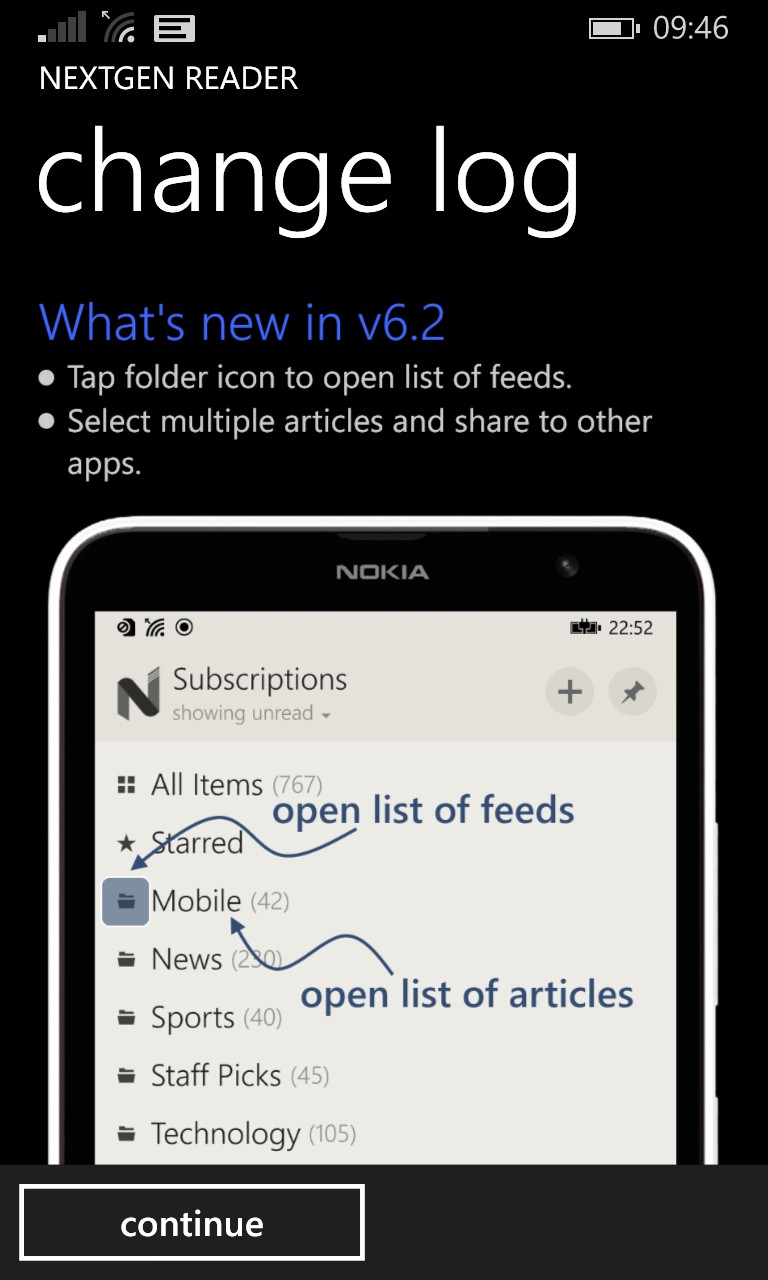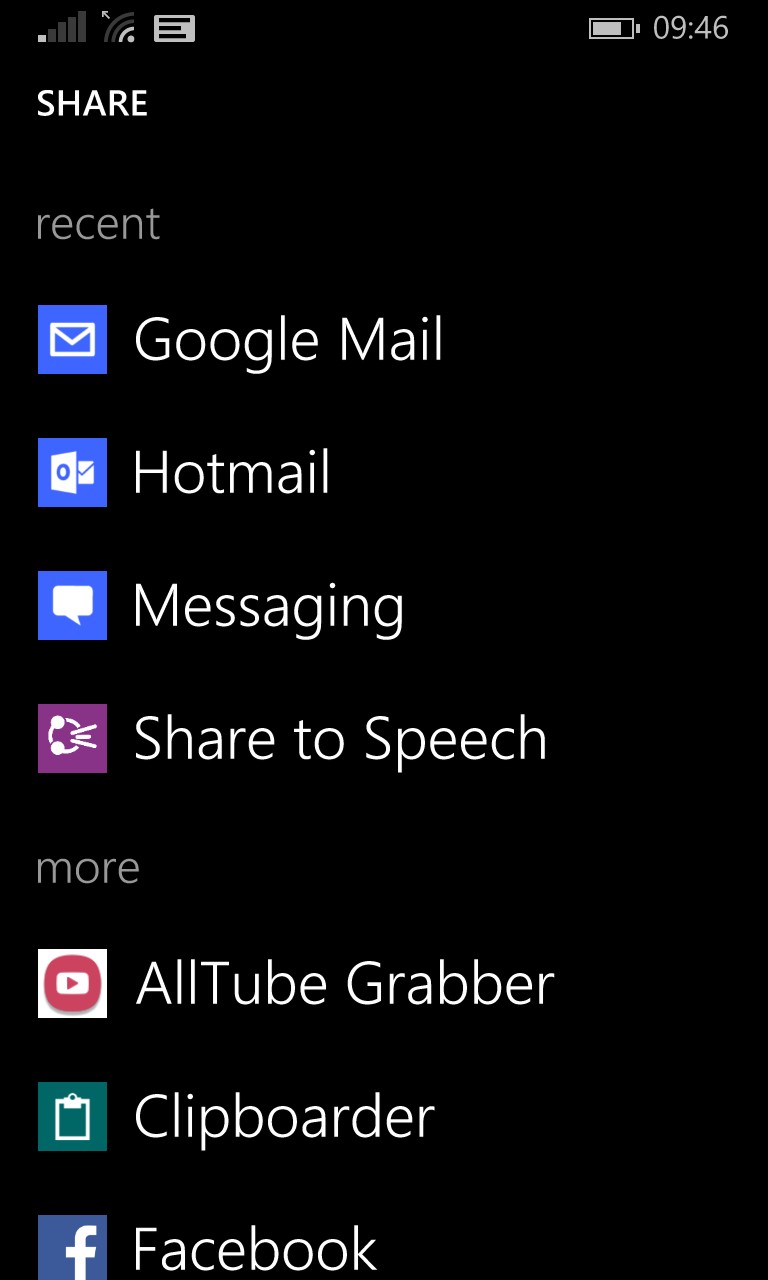Here's how Share to Speech's developer puts it:
Currently on Windows (and Windows Phone) it is only possible to share one link at a time. It can be pretty painful and time consuming sometimes. As it was a requirement of our common users, Nextgen Reader and Share to Speech together worked on a way to overcome the problem.
I have proposed a HTML based standard of exchanging data which Nextgen Reader's developers have accepted and implemented. The good thing about this is that even the apps that don’t support this standard but can support HTML receiving can actually do something with the content (so you would get nicely formatted email with multiple links when sharing from Nextgen Reader to the Mail app, for example).
I guess that it would be useful for many apps and the Windows ecosystem if this standard was widely adopted, and also this example can encourage more developers to work together and actually improve their cross-app experience.
The proposal includes:
My idea is that a multiple link sharing should be based on sharing an
html(StandardDataFormats.Html). To mark intent to share multiple links, the app should place the following tag in theheaderof thehtmlcode:
<meta name="sharing" content="links">.If that mark is included, all
<a>tags in the document will be considered as shared links. Other tags may be ignored by the receiving app, but they might have a use for additional formatting for the apps that will continue to receive this as an html text (like Mail or OneNote).
If you're a developer and want to know more about implementing all this, contact office@labsii.com etc.


So this is now integrated into Nextgen Reader, as confirmed by its latest changelog, for v6.2:
• Tap folder icon to open list of feeds. • Select multiple articles and share to other apps. • Integration with "Share to Speech" app i.e. share multiple articles at once. • General performance improvements, bug fixes and other changes.
With a corresponding update for Share to Speech of course.
It all works rather well, selecting multiple stories (or at least their RSS header paras) and then sitting back while you do other things and Share to Speech reading them back to you. For full stories, it's still sometimes necessary to queue them from the Readability view individually, of course.
